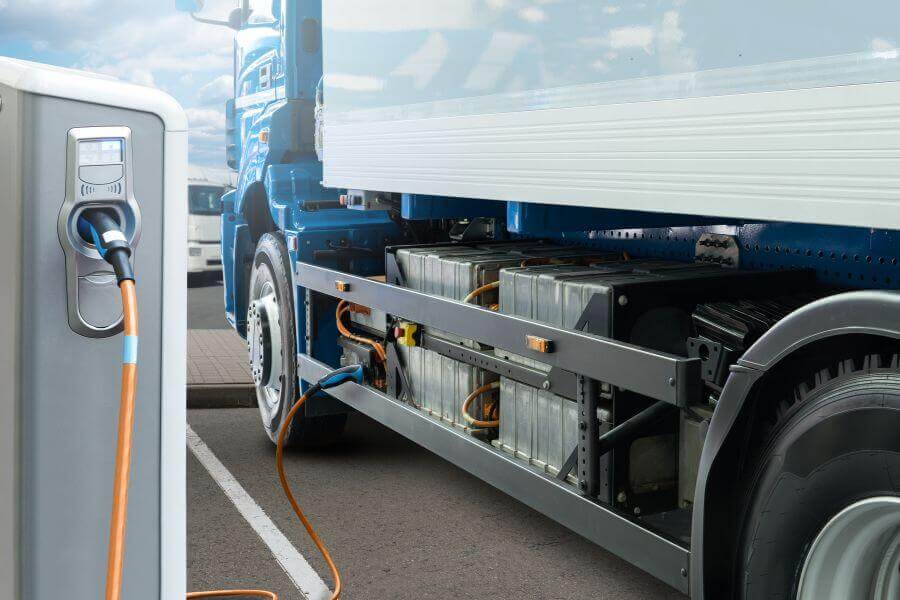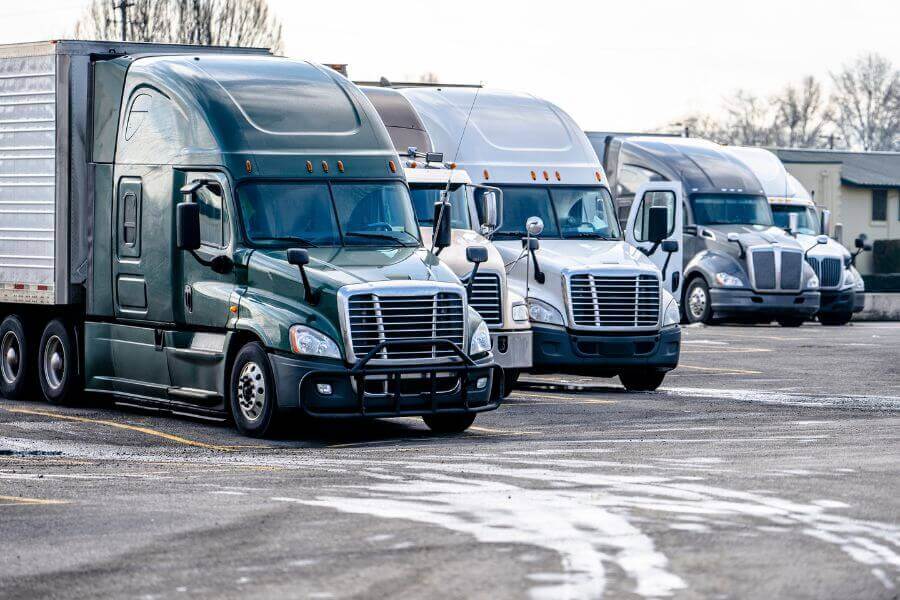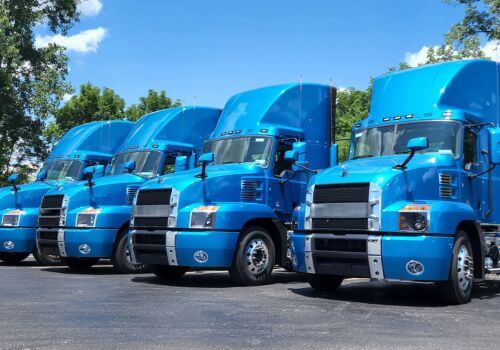Small carriers account for 86% of total U.S. carriers, according to recent FMCSA data, and provide over 30% of the industry’s available power units. With smaller carriers comes smaller budgets, with less room for losses and improper shipments. Current market conditions including operational labor and truck maintenance prices have created a difficult situation for smaller companies to stay afloat.

“These are the carriers that find work elsewhere when the costs of owning and operating a truck become too expensive. In current market conditions, it is important for shippers and brokers to have conversations with their owner-operators and small carriers to keep their trucks moving so they can continue to support and provide capacity in the transportation industry.” – MegaCorp Logistics User Experience Manager Winnie Barton.
He continues: “Small carriers’ ability to provide capacity in smaller regions and rural areas benefits not only the shippers and brokers, but the residents of small cities nationwide. We value partnerships with small carriers and owner-operators, and will continue to provide consistent load opportunities to keep their trucks moving in current market conditions.”
We Are Hiring
$7,000 Sign On Bonus!!!
He adds: “It is important for shippers and brokers to continue providing as many load opportunities as possible. Whether it’s daily truck sheets, spot load opportunities, or creating awareness to capacity platforms, brokers and shippers can reduce the negative impacts of a volatile market.”
While it’s important for brokers and shippers to prioritize their relationships with carriers during this strange time in the market, it’s equally important for carriers to keep relationships sturdy. Small carriers have the power to weave through tough market dynamics through the strength of their partnerships if they are correctly maintained. As most smaller carriers carry little room for error, they’ve proven to be the backbone of the logistics industry since the start of the pandemic.

California Accelerates Green Transport With $122.9 Million Federal Grant for Zero-Emission Infrastructure
California has secured a substantial $122.9 million grant from the U.S. Department of Transportation to enhance its zero-emission vehicle infrastructure, significantly bolstering the state’s capacity

Trucking Activity Dips, Reflecting Ongoing Freight Market Volatility
Trucking activity experienced a decline in November following a rise in October, indicating ongoing volatility in the freight sector, according to the American Trucking Associations

Trucking Industry Edges Toward Balance as Supply-Demand Dynamics Shift
The trucking industry is showing signs of stabilizing as the imbalance between freight demand and capacity begins to normalize, according to industry analysts. The COVID-19









